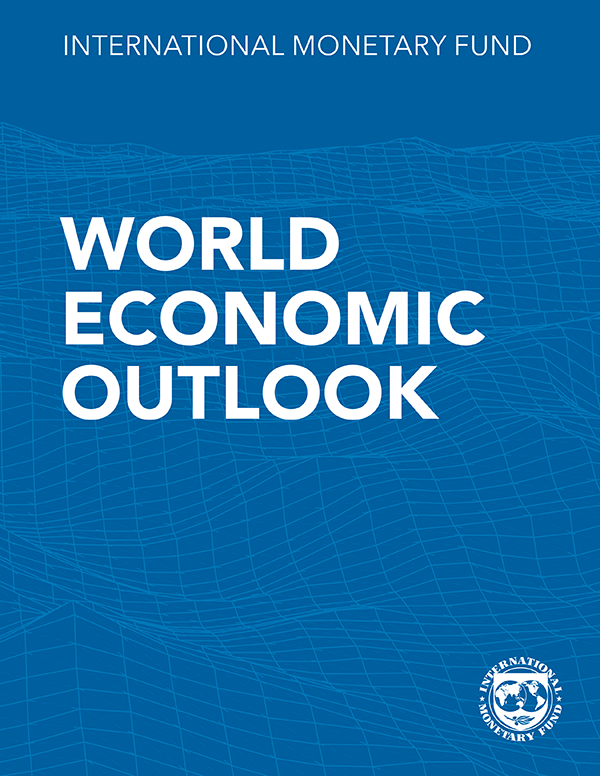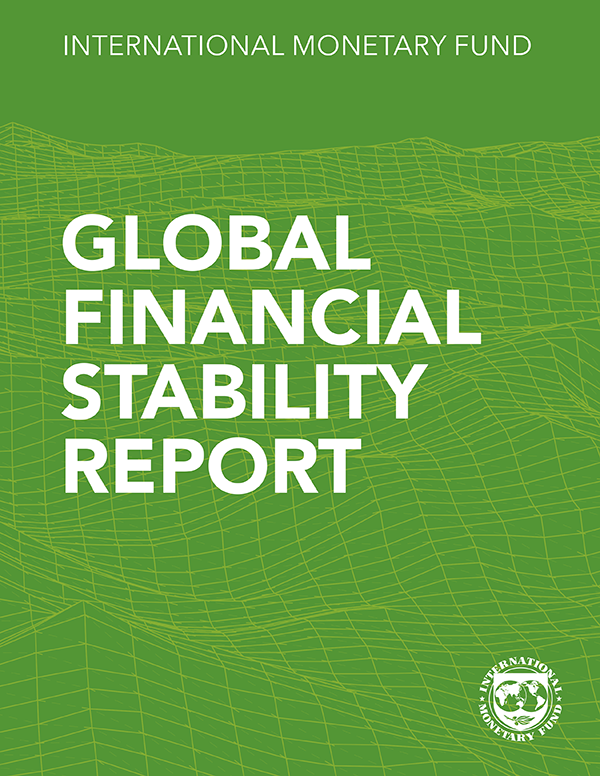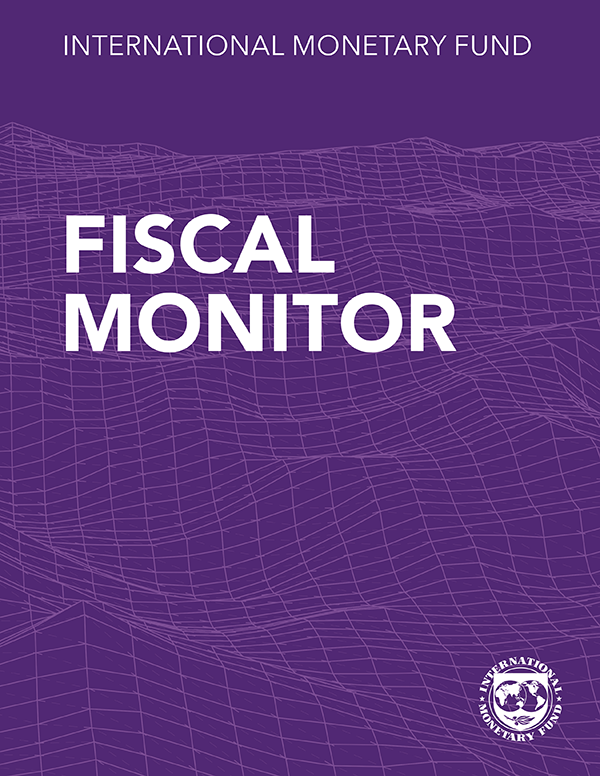Divergent Recoveries and Global Imbalances

Key Highlights
Overall current account deficits and surpluses widened in 2020 to 3.2 percent of world GDP. The IMF’s multilateral approach suggests that global excessive imbalances were broadly unchanged in 2020 at about 1.2 percent of world GDP. The external outlook for 2021 is highly uncertain given the divergent economic prospects across countries.
Unprecedented government borrowing to finance health care and economic support has had uneven effects on current account balances. The impact on the current account balances depends on a country’s relative fiscal policy stance compared with that of its trading partners.
The outlook for global current account balances is a gradual narrowing during 2022–26, mainly reflecting a narrowing of the US deficit and China’s surplus to below pre-pandemic levels. Over the medium term, collective action is needed to reduce global imbalances in a growth-friendly manner.
External Positions and Policies
This overview chapter presents the evolution and outlook for and risks stemming from global external positions. It summarizes the 2020 external assessments for a globally representative set of economies, which are also detailed in Chapter 3, “2020 Individual Economy Assessments.”
Fiscal Policy and External Adjustment: What’s Coming?
Fiscal support in response to the COVID-19 crisis has been unprecedented. This chapter analyzes how such support has affected external positions—at the individual country and global level—and the expected effects of its withdrawal over the medium term.

2020 Individual Economy Assessments
The individual economy assessments use a wide range of methods to form an integrated and multilaterally consistent view of economies’ external sector positions.
Publications

-
September 2024
Finance & Development
- PRODUCTIVITY

-
September 2024
Annual Report
- Resilience in the Face of Change

-
Regional Economic Outlooks
- Latest Issues













